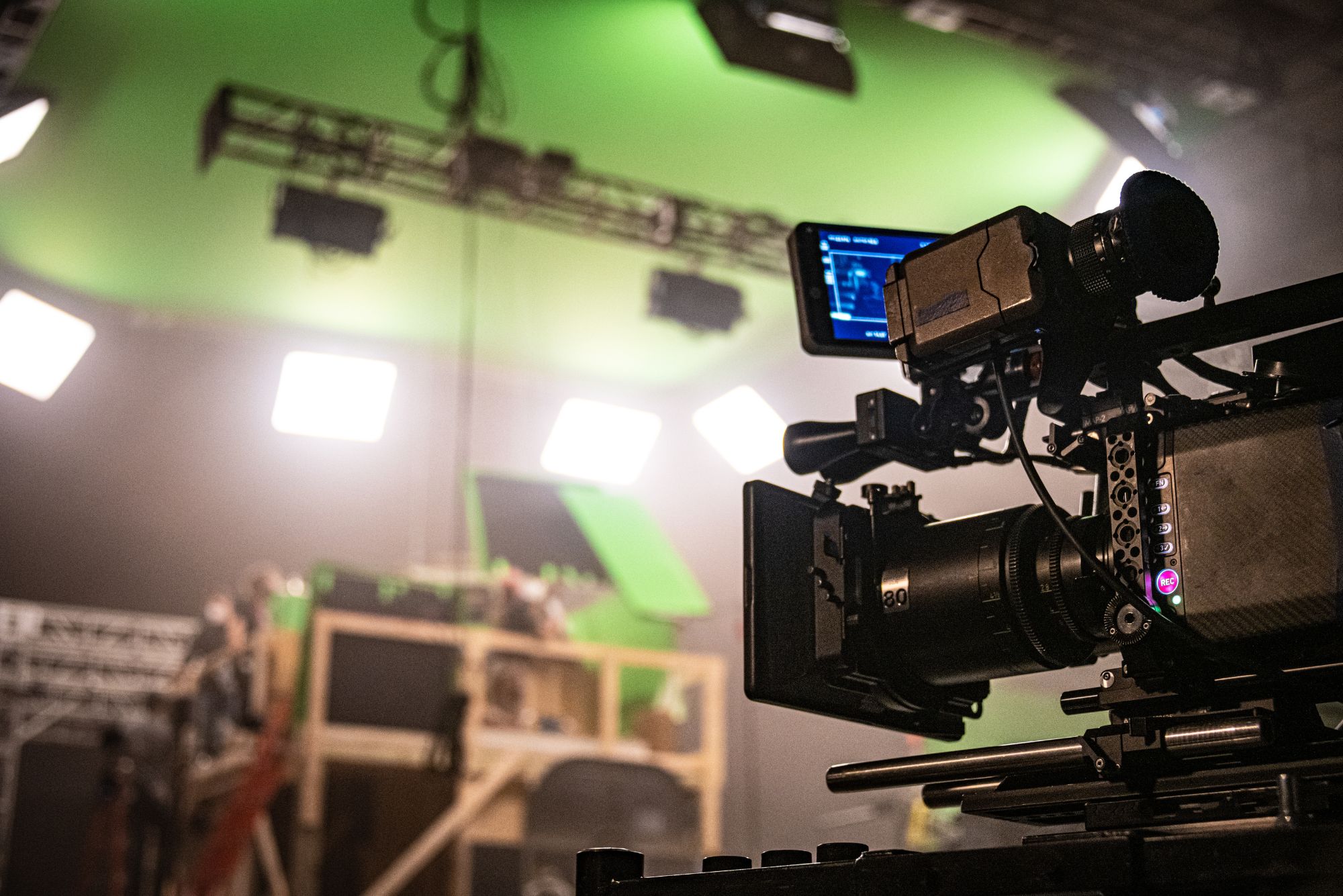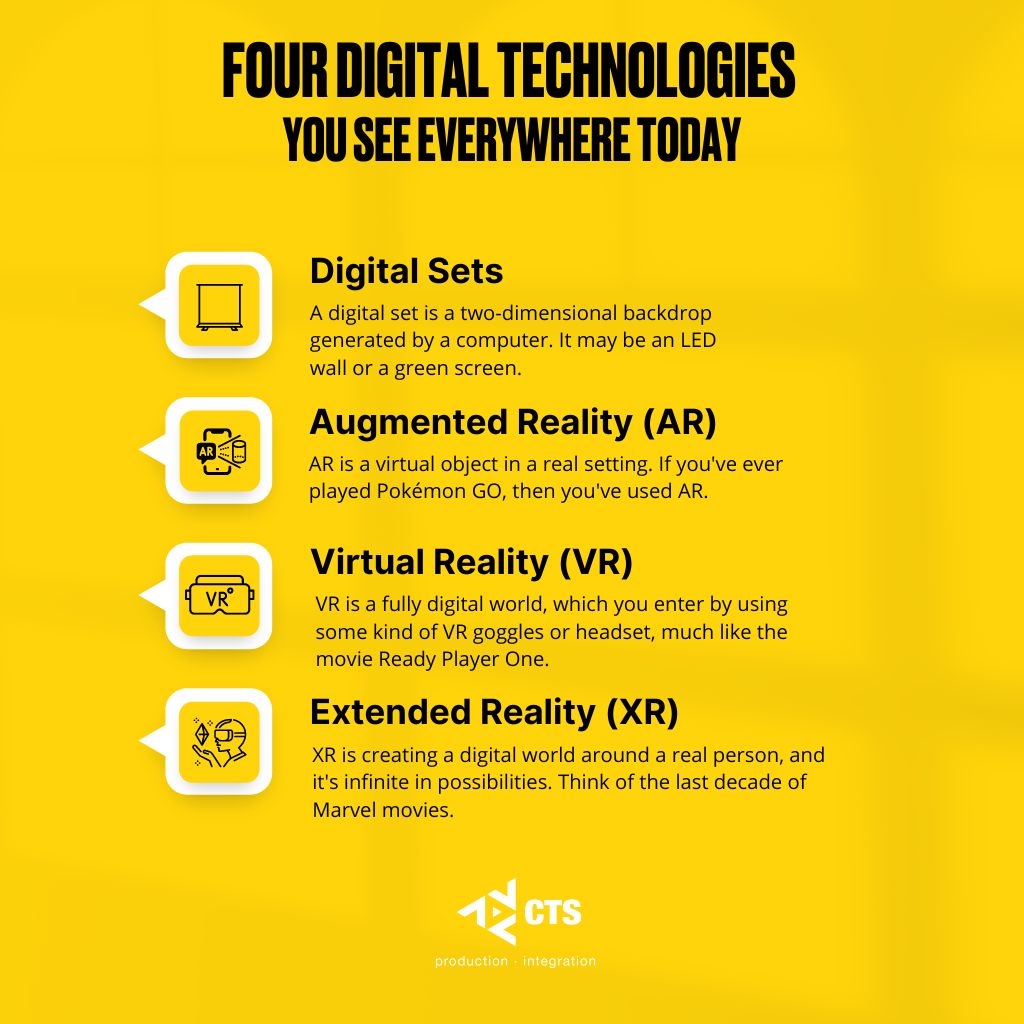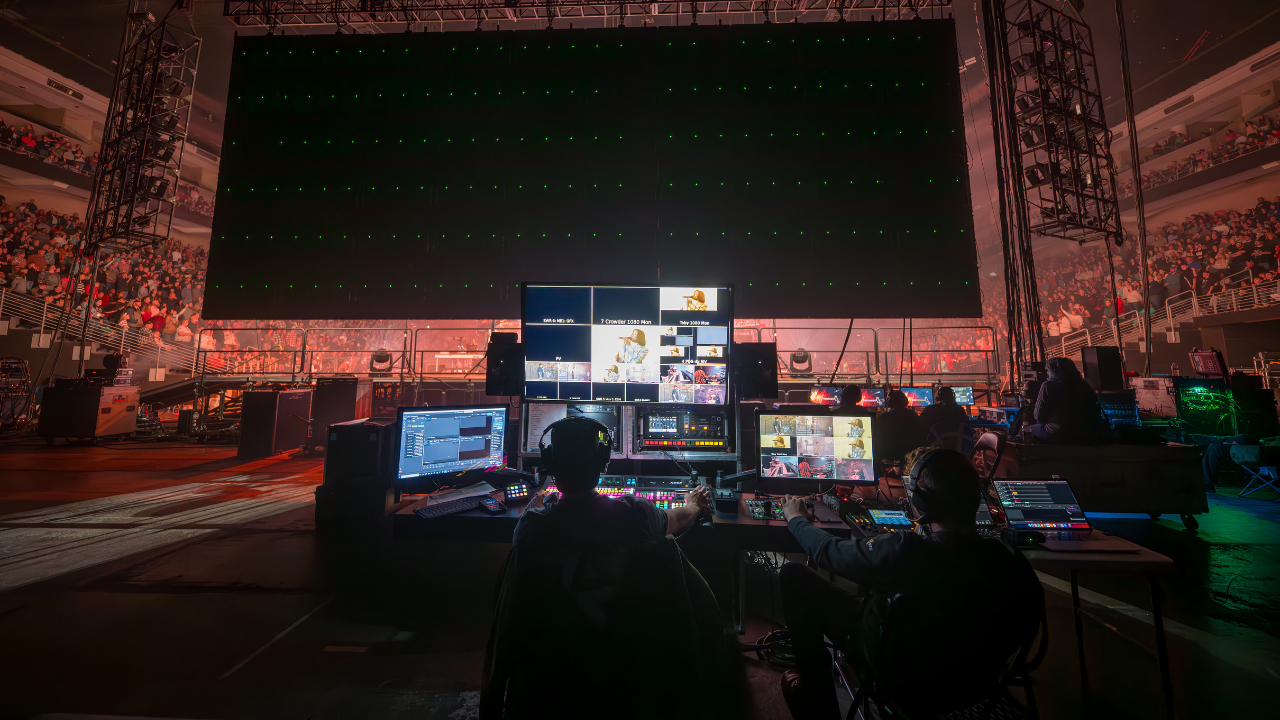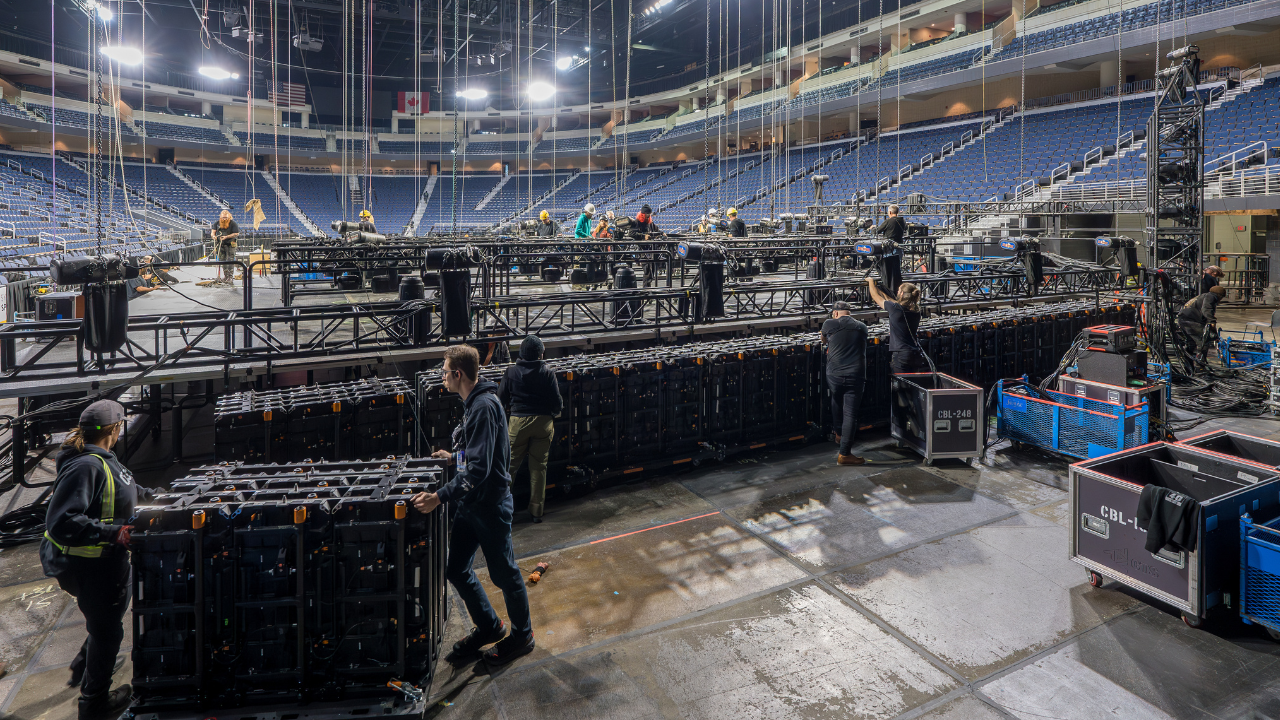Digital Sets, AR, VR, and XR: What Works in the Studio?
Published on: Tuesday, August 2, 2022 - 7:00am

Digital sets, AR, VR, and XR have crept into our lives so quickly that we don’t even realize how often we see them. How long have banners been dropping into our screens during NFL games, masquerading as part of the stadium? Can you even imagine watching a football game without all the on-screen extras?
What about visiting a theme park without at least one XR ride? Or seeing a Marvel movie without knowing at least some of those guys are running around in front of a green screen in gray pajamas?
It’s a new age we’re living in, and this technology has become so readily available that we’re used to seeing it everywhere.
What used to be the purview of big studios and networks is now accessible to everyone. You’ve probably started hearing about local studios, churches, and even bloggers incorporating these effects.
Here, we’ll define each of these four technologies, look at what they can accomplish, and consider how to incorporate them in studio production.

Digital Sets
>
A digital set is a two-dimensional backdrop generated by a computer. It may be an LED wall or a green screen, though LED products have taken over as the preferred technology.
Digital sets are everywhere. They’re the most common of these four enhancements. They’re affordable to the point they’ve largely replaced printed backdrops, even for static backgrounds. LED walls are the most inexpensive and readily available solution for creating a dynamic environment in the studio.
Just like anything, though, there is a spectrum of quality when it comes to digital sets. If your vision for your event is to achieve a completely immersive, engaging experience, you’ll likely have to invest more for a superior backdrop. You don’t want to over-restrict your budget if it means you’ll create an underwhelming digital event, which could potentially be caused by a common issue such as the moiré effect.
Augmented Reality (AR)
AR is a virtual object in a real setting. If you’ve ever played Pokémon GO or a similar game, then you’ve used AR. You might even have tried Google’s tool that lets you drop a virtual animal in your living room to see its size and scale.
AR is most common in broadcast television, especially in live sports. When the NBA slips in banners at the end of a game or floats team stats over the court, that’s also AR.
In our experience, though, AR isn’t really a studio tool. The digital images are created elsewhere on a computer and simply inserted into a broadcast.
Virtual Reality (VR)
VR is a fully digital world, which you enter by using some kind of VR goggles or headset. You have a 360° view inside the world and can move around in it and interact with it. You’re fully immersed in a world that was digitally created for you, similar to the movie Ready Player One.
VR is becoming much more common with certain entertainment platforms, like video games and music. You can now find concerts and even parties hosted in VR.
Again, though, VR isn’t really a studio technology. It’s created by a computer, hosted in the cloud, and accessed by someone at home on their couch.
Extended Reality (XR)
XR is creating a digital world around a real person, and it’s infinite in possibilities. Think of the last decade of Marvel movies, or Disney’s The Mandalorian. These productions feature real actors enveloped by visually stunning scenery — and nearly all of them are shot inside a room at a studio.
That’s part of the beauty of XR. You can film on seven different continents in fifteen minutes, with a very realistic feel and locations that look far larger than the room you’re in. You can involve hard set pieces, too, which help you interact with the scene. Even some live acts have used XR as virtual backdrops recently, like this performance by DaBaby at the MTV Video Music Awards. It’s hard to tell what’s virtual and what’s real.
The technology to do this well is top-notch and cutting-edge, so if you want to create your own XR studio you’ll need to know what you’re getting into financially. But it also saves so much time and money on traveling to different locations to shoot. And as the technology improves, you’ll be able to film in smaller and smaller spaces that look bigger and bigger to the audience.
We recently saw a church that recorded a sermon “from Israel” one moment, and the next moment they shot a video “back at home.” They were in a production studio the whole time and were able to shoot a month’s worth of interesting and varied content all in one day.
XR can be incredibly interactive, especially when you employ LED products instead of green screens. You have to look at a monitor to interact with a green screen, but with LED, you see what the audience sees, and you know where you should be and what you should be doing.
Take Advantage of XR at CTS
>
Despite the prohibitive costs, XR holds a lot of promise for our clients. So, in our quest to be the best full-service production studio, we’re building in state-of-the-art LED XR technology and digital set options. That way you can take advantage of XR technology without having to foot the bill for a fully operational studio yourself — and you still save on travel.
Digital sets and XR open up so many options for your creativity in the studio. You can dream big, even if you’re in a small room.
Reach out to get updates on our production studio’s XR capabilities.



